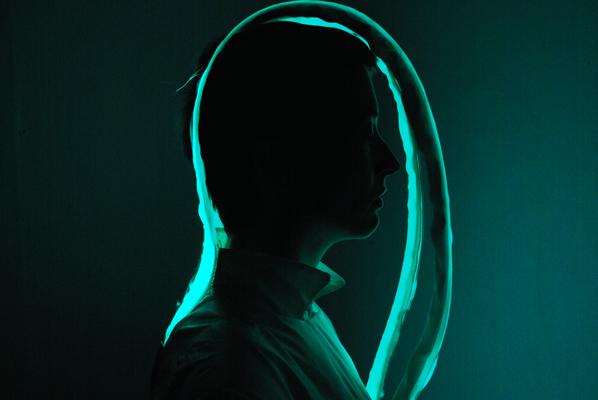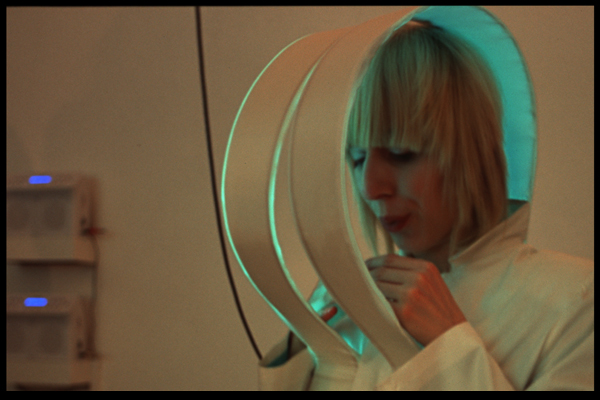Using sketchUp to create a kiosk type vending machine for coffee tourism of SF. This landmark will be something like muni's/bart fare machines. The primary function of this coffee landmark will be to print out or email the poster I am designing(As well as viewing it right off a screen).
You will also be able to take a video tour by way of google earth.
The landmark will be placed primarily in tourism hotspots, such as downtown in Union Square, the Ferry Building, and Fisherman's Warf/Pier 39.
I'm leaning toward a coffee cup shaped landmark, it's a bit more fitting and fun.
As part of my idea of the tourism and shops being listed, I'm creating an imagined association between them all. So each of the shops will have put in them a mini version of the flat kiosk. The coffee shop will be partnering and connecting together in order build a greater community between locals who enjoy the coffee offered in SF, as well as emit a friendly vibe for people visiting the city.























